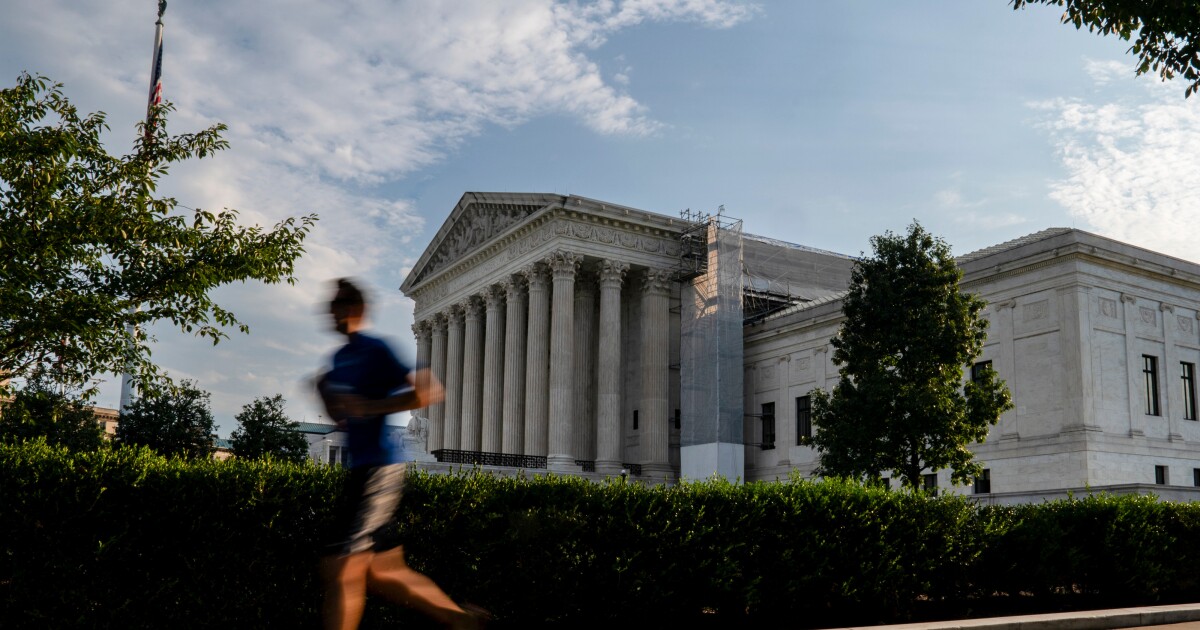WASHINGTON — The Supreme Court overturned a decades-old legal doctrine with their June decision in Loper Bright Enterprises v. Raimondo. The demise of the doctrine — known as the Chevron deference — promises to reshape bank regulation. Courts will change the way judges evaluate the legality of bank regulation, opening the door for legal challenges to agency rules.
The Chevron doctrine was first established by a 1984 Supreme Court decision in Chevron U.S.A. Inc. v. Natural Resources Defense Council, Inc., which broadly directed judges to give credence to agency interpretations of ambiguous statutes so long as those interpretations were reasonable. In Loper Bright, the court nullified the Chevron doctrine because, six of the nine justices reasoned, the Administrative Procedure Act — the foundational law governing how federal regulations are written — directs courts to perform their own analysis of the legality of agency rules, rather than deferring to the executive branch's interpretation.
Opponents of stronger regulation argue the ruling could produce a more accountable regulatory landscape, while critics warn it casts considerable uncertainty over scores of regulations that could face legal challenges. Agencies will need to be meticulous in their rulemaking, providing clearer justifications for their interpretations, and will need to bolster their legal teams. Congress will need to draft legislation with greater precision, and judges will play a pivotal role in determining the fate of various administrative rules. Here are five ways the Chevron decision could upend bank regulation going forward.




